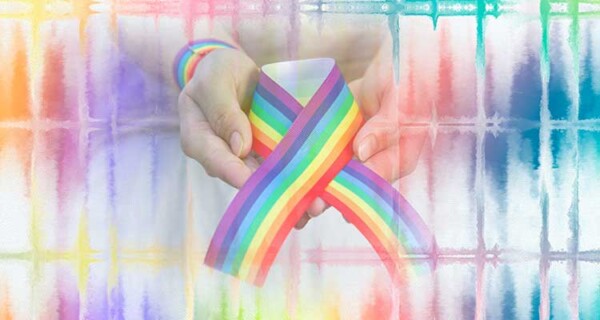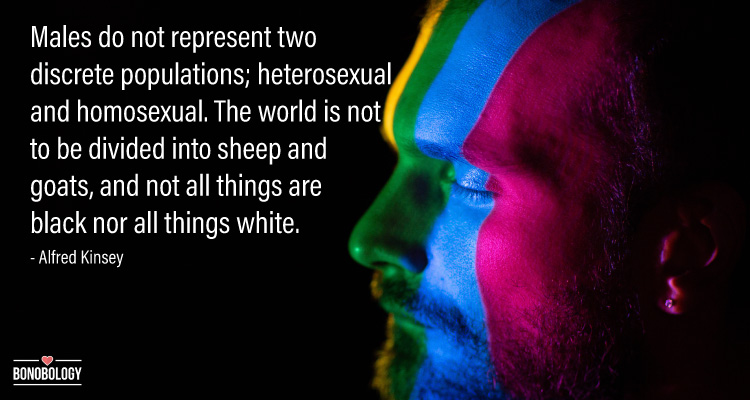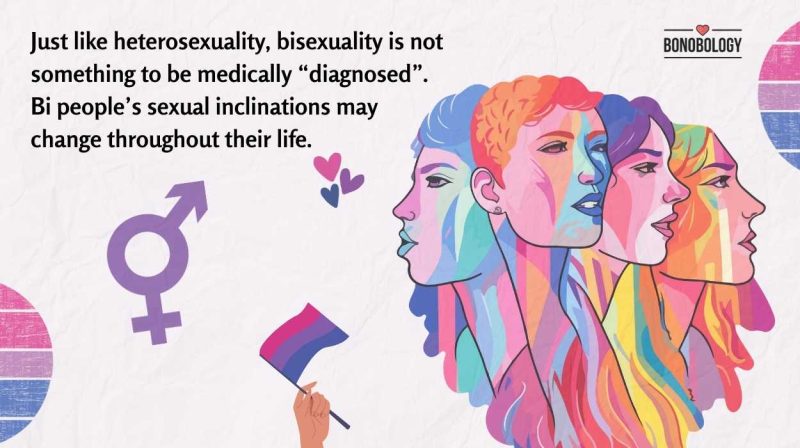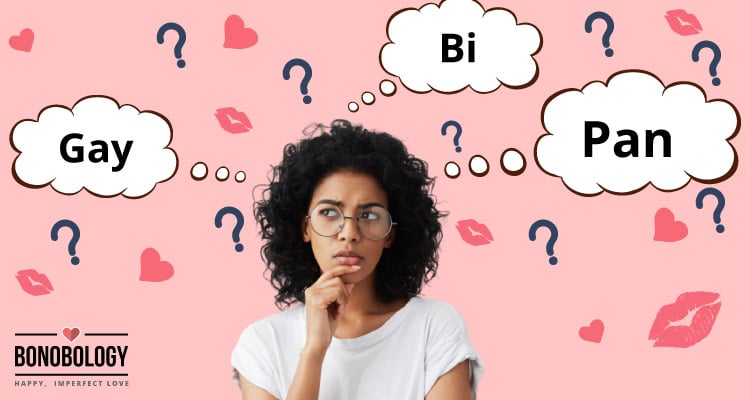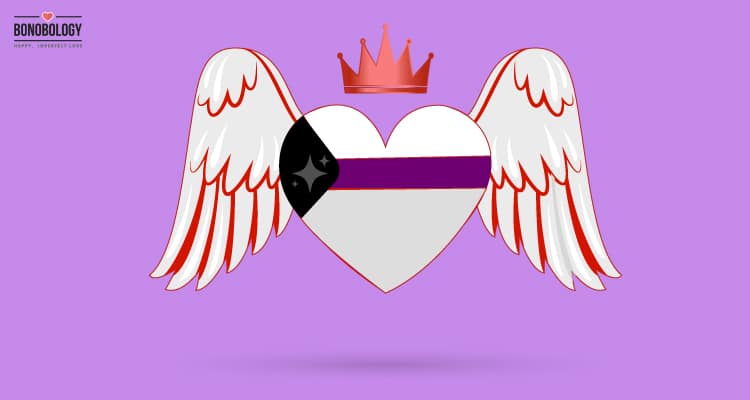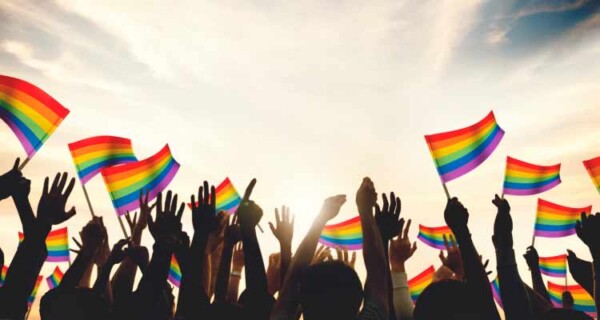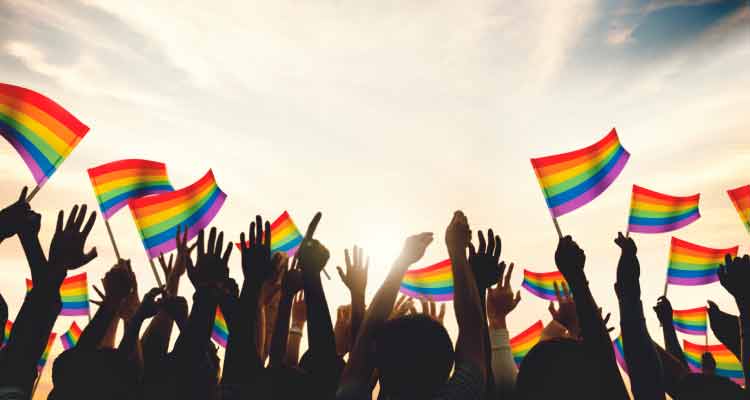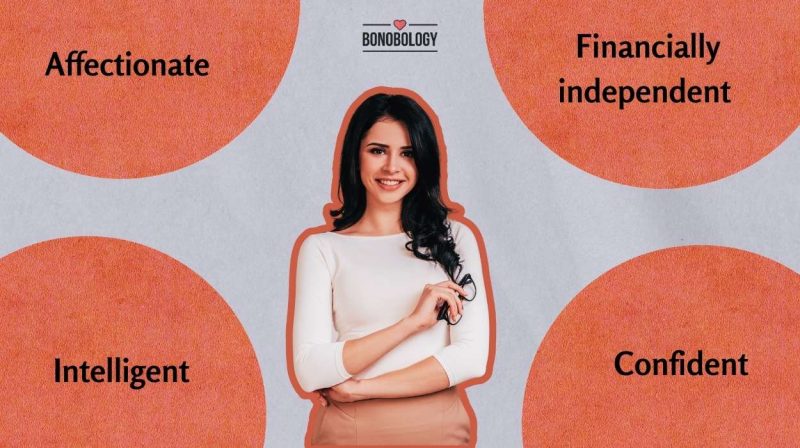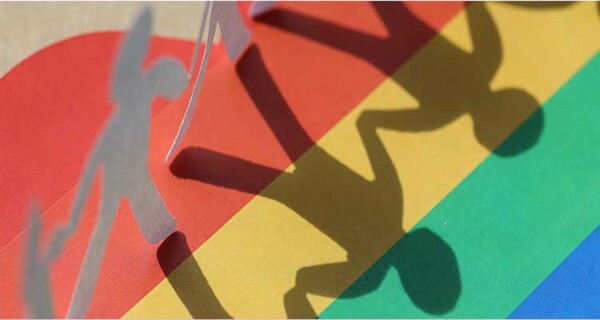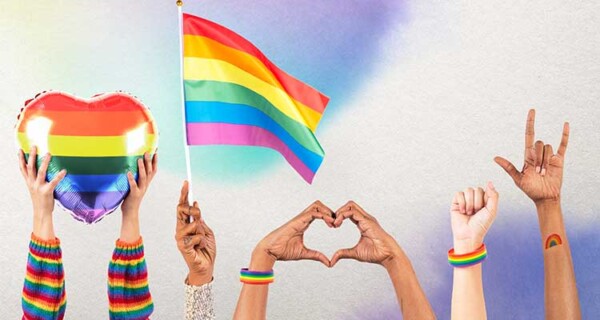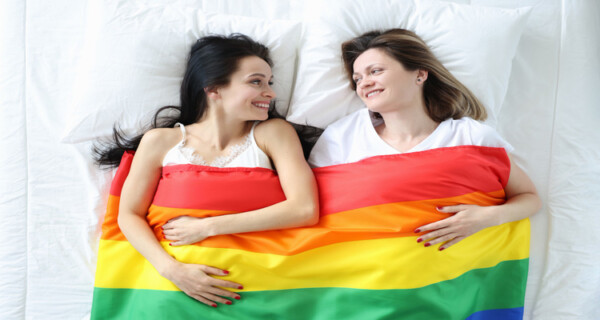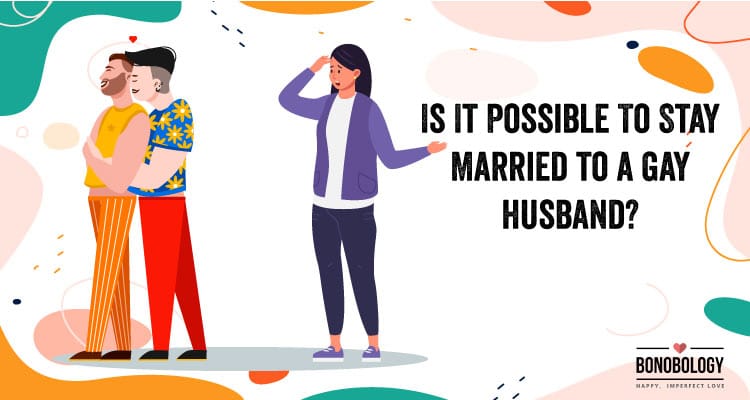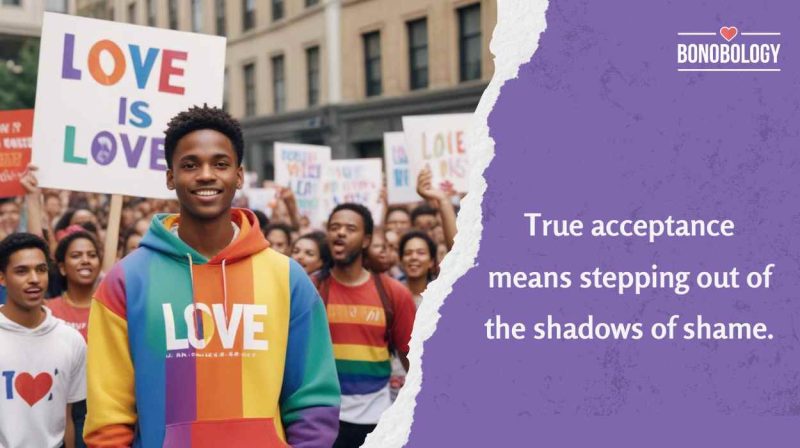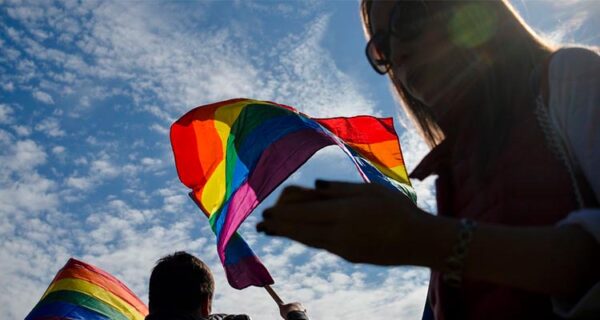What’s your sexual orientation? If you’re asked this question, you’d instinctively respond with ‘straight’, ‘gay’ or ‘bi’. But can sexuality be boxed into water-tight categories? What if you’re straight but have felt attracted to one person of the same sex? What category would you then place yourself in? What if you’re romantically attracted to the opposite sex but sexually to the same sex or vice versa? Or you don’t experience romantic or sexual attraction at all? The answers to these questions can be found in the sexuality spectrum.
The very idea of asking people to identify their sexualities is rooted in our need to conform to categories. If you’re not one or the other, then who are you even? Who do you identify with? Where do you find your tribe? Sexual fluidity can be a lone experience and human beings thrive on a sense of solidarity, and that’s where our need to categorize, segregate and conform stems from.
In this article, counseling psychologist and certified life-skills trainer Deepak Kashyap (Masters in Psychology of Education), who specializes in a range of mental health issues, including LGBTQ and closeted counseling, writes about the sexuality spectrum and debunks myths about types of sexuality.
The Sexuality Spectrum
Nothing about human beings is black and white, and that is true of the sexual and romantic orientation of people as well. There are over 7 billion people on earth. How can they all fit into three distinct types of sexualities – straight, gay or bi-sexual?
Just the way the yin and yang of masculine and feminine traits exist in everyone, irrespective of where they are on the gender spectrum, sexuality is also fluid. For instance, if you have been heterosexual all your life and suddenly find yourself attracted to a person of the same sex or have a one-time sexual encounter with them, does it mean that you no longer belong to the confines of your perceived sexuality? Not necessarily.

It can simply be the case of your romantic orientation toward that particular person because of the way they treat you or make you feel. Similarly, when understanding their sexual orientation, a lot of people use bi-sexuality as a soft launchpad to come out. So, you have one person who may have started as straight, then identified as being bi-sexual before they embraced being gay. How do you categorize their sexuality?
Related Reading: 8 myths about Asexuals (ASE)
The sexuality spectrum, therefore, allows for greater freedom in the identification and expression of our sexualities. It has paved the way for breaking free from the simplistic view that people are either completely heterosexual or homosexual, the two being seen as the opposite ends of a spectrum.
Today, we have over 200 scales that are used as parameters to define a person’s sexuality. The most popular ones are:
The Kinsey Scale, which places sexuality in seven categories:
1. Only heterosexual
2. Mostly heterosexual, sometimes homosexual
3. Mostly heterosexual, but more than sometimes homosexual
4. Equally heterosexual and homosexual
5. Mostly homosexual, but more than sometimes heterosexual
6. Mostly homosexual, only sometimes heterosexual
7. Only homosexual
The Klein Sexual Orientation Grid, which explores seven different aspects to assess where a person lands on the sexuality spectrum:
1. Sexual attraction
2. Sexual behavior
3. Sexual fantasies
4. Emotional preference
5. Social preference
6. Heterosexual/homosexual lifestyle
7. Self-identification
Storms Sexuality Axis, which also factors in asexuality, and other aspects like kinks, fetish, and BDSM activity in determining the intersectional sexual identities
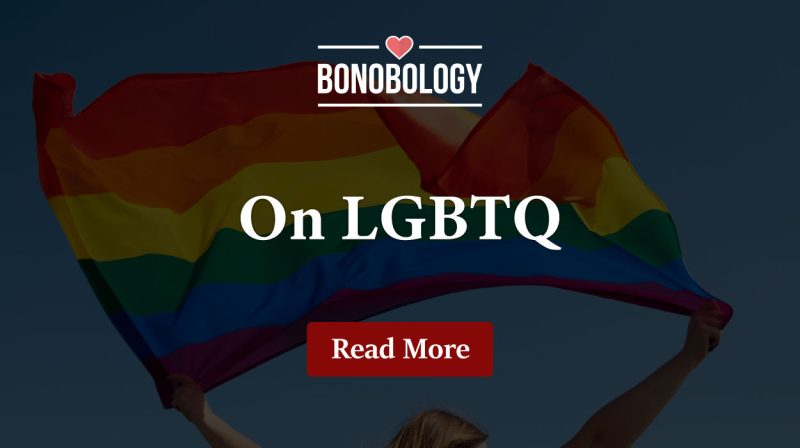
Sexuality Spectrum Versus Conformism
Even though the idea of sexuality being fluid is catching on – according to a survey, millennials and Gen-Zers are more accepting of the idea as compared to Gen X and Boomers, for instance – it also continues to experience push back from large cross-sections of society. This resistance operates both on an individual and societal level and stems from the need for conformity.
I see it happen with people who come into therapy all the time. Ron, 32, for instance, freaks out at the idea of being bisexual but genuinely finds both men and women attractive. Sasha, 42, married with 2 kids doesn’t know what to do with the attraction she feels for her neighbor’s wife.
One of the reasons why this happens is that men don’t want to admit or act on their affection/attraction for someone of the same sex lest they be perceived as ‘gay’ and be judged a certain. From a very early age, boys are told to toughen up with adages like ‘men don’t cry’, and so they end up being emotionally stunted.
Related Reading: Queerplatonic Relationship- What Is It And 15 Signs You Are In One
A majority of them cannot engage with women without sexualizing their connection, and so, they genuinely don’t know what to do with any romantic or even platonic affection they may feel for a person of the same sex. Women, on the other hand, in many cultures still don’t have the rights and the agency to make these choices for themselves.
We, as a society, are constantly policing other people’s bodies and desires, and that policing makes them want to conform. People feel obligated to choose a side, and they feel pressured to claim to belong to the perceived “right” side.
Is the sexuality spectrum conflicting?
When we speak about sexuality being fluid, a question that often comes up is that if sexuality exists on a spectrum, how do you know where you belong? Isn’t the sexuality spectrum conflicting? To which, I say that it is conflicting only if you’re tethered to the idea of a race to purity, where you HAVE to be either purely gay or straight.
If you learn to truly be at peace with your own desires and take each experience as it comes, finding your place on the sexuality spectrum needn’t be conflicting or confusing.
The yin and yang of sexuality can exist within each person in perfect harmony as long as there is no pressure or overt attempt to repress one’s instinctive desires. Does acknowledging the sexuality spectrum mean we’re there yet? No. Can we ever hope to get there? Perhaps, not. But each of us can endeavor to be in sync and at peace with our romantic and sexual desires.
Your contribution does not constitute a charitable donation. It will allow Bonobology to continue bringing you new and up-to-date information in our pursuit of helping anyone in the world to learn how to do anything.

